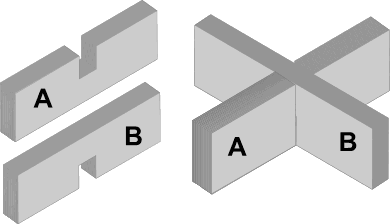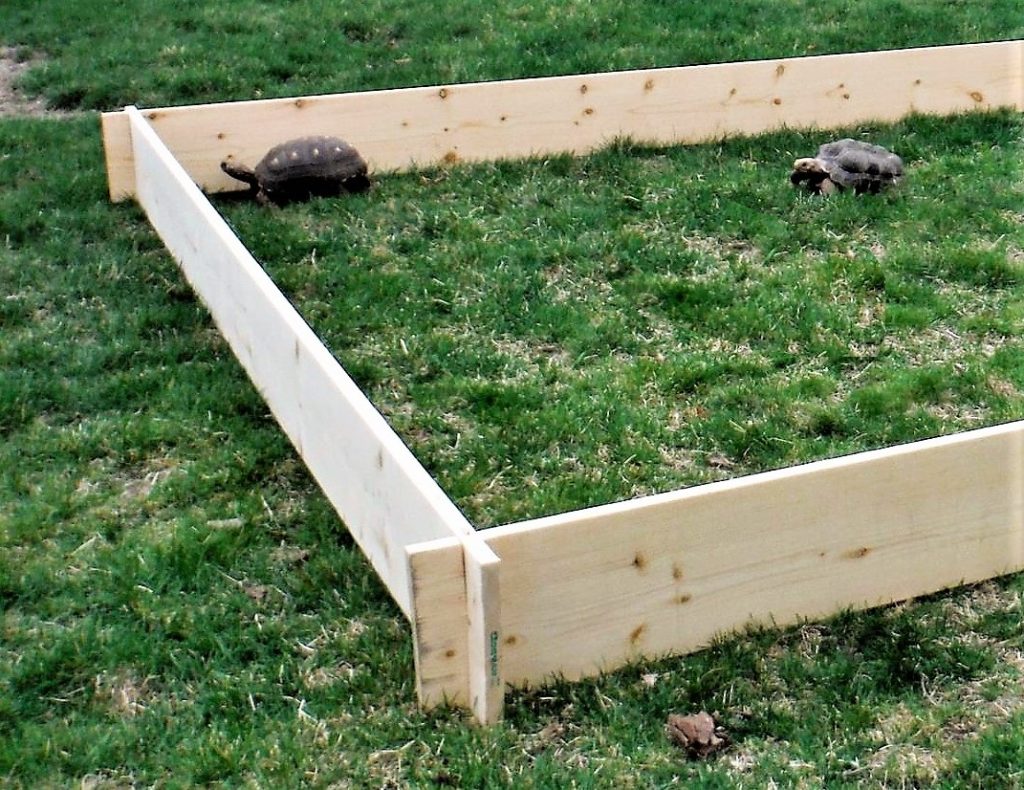Tortoises require more space than most other reptiles (Boyer, 1994). The New York Turtle and Tortoise Society recommends that the combined shell size of all tortoises present should not exceed one quarter of the floor surface area of the enclosure. This should be viewed as an absolute minimum and more space should be provided whenever feasible. Many, however, would argue more space is essential to avoid environmental stress. Stress in captivity is likely to be chronic, and in the long-term, will lead to serious health issues if housing conditions are not optimized (Williams, 2017).
Recently, the home-range of the Greek tortoise (one of the smallest species) was studied at the National Park of El-Kala, Algeria. The study showed that these tortoises will wander over almost 1 acre, surrounding their home-base, with males being the most active (Rouag, et al., 2017). That is equivalent to 37,897 square feet! Considering most would say 12-18 square feet is suitable indoor enclosure space, it becomes clear that we should expand their space whenever possible. Often it is easier to sacrifice more outdoors space, and owners should also consider the size of their yard when considering purchasing or adopting a tortoise. Please make sure to build an outdoor enclosure for your tortoise too, and do not rely on just supervision. Too many tortoises, assumed to be slow moving creatures, manage to get lost during poor supervision. Even a temporary play-pen, which can be easily stored away after each use can be built in a matter of minutes with the most minimal tools. I suggest going to the nearest hardware store, and purchasing basic white-wood boards that are at least 12″ wide, of any length you prefer. You can also purchase a basic electric jigsaw or hand-saw. Use this saw to cut out notches in the boards for simple assembly and dis-assembly of the pen. See photos below for descriptions.


Indoor enclosures may be plastic livestock troughs or plastic sweater boxes for young, small tortoises, but be aware an upgrade will be needed within the first year. Enclosures can be constructed for larger tortoises from regular white-wood boards and plywood for the bottom. Sides should be 12 to 24-inches high. The plywood floor can be covered with any water-proof surface, such as cheap vinyl flooring or fiberglass-reinforced plastic. Side-walls can be sealed with 2-3 coats of polyurethane and seams sealed with caulk. Boyer (1994) states this is completely safe for tortoises, given you allow at least a week for the enclosure to air-out.
Aquariums or tanks are highly frowned upon in the tortoise-keeping community. Many beginner tortoise keepers argue that aquariums allow for an accurately temperature controlled environment and one that also retains humidity (and therefore, supposedly prevents pyramiding). This argument is faulty for several reasons. First, the most appropriate enclosure for tortoises maintains a strong temperature gradient. Our goal in setting up an enclosure is not to control the conditions at one single temperature. Many argue that they can achieve this gradient in a tank, but a difference of a few degrees between the hot and cool sides is not adequate. Once a heating element is placed into the aquarium, the cool zone will be lost as the entire tank heats up due to poor air circulation. Even if you could provide enough air circulation, there are very few tanks that are large enough anyways! Regarding the necessity to maintain humidity, please refer to the section on pyramiding which argues that the cause of pyramiding is largely unknown and is actually complex and multi-factorial. In fact, the tortoise community placing so much emphasis on humidity-related pyramidal growth is a dangerous message – because too many beginners will use this argument to justify placing their tortoises in aquariums.
We should also remind everyone here that allowing your tortoise to “free-roam” your house is not appropriate for many reasons. Most do not maintain their house temperatures at 75-80F, especially in this climate over winters. In addition, floors are usually drafty as warm air rises. I have also seen far too many smaller species become injured due to them being accidentally stepped on, or attached by the family dog, who also may free-roam the house. Not only is it unsanitary for the owner’s living conditions, it’s not safe for the tortoise, so please do not try it.
References:
Anonymous. (1990) Guidelines for housing of turtles and tortoises. New York Turtle and Tortoise Society, New York, NY.
Boyer, D.M. and Boyer, T.H. (1994) Tortoise Care. ARAV, Vol. 4, No. 1.
Rouag, R. et al. (2017) Home-range of the spur-thighed tortoise, Testudo graeca (Testudines, testudinidae), in the national park of El-Kala, Algeria. Vestnik zoologii, 51(1): 45-52. DOI 10.1515/vzoo-2017-0007
Williams, J. (2017) Stress in chelonians (tortoises, terrapinds and tutles). The Veterinary Nurse, Vol. 8, No. 5.